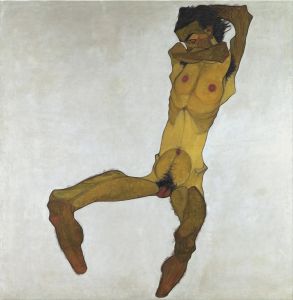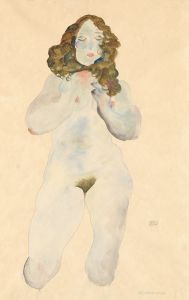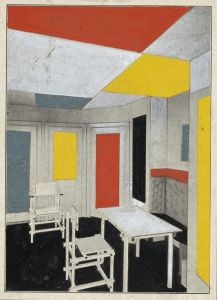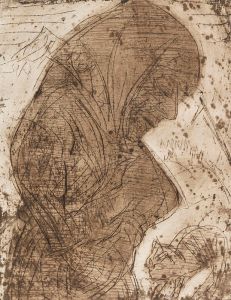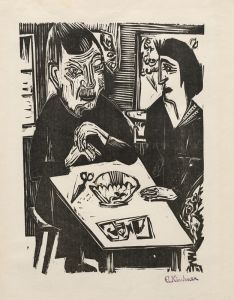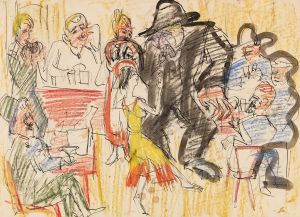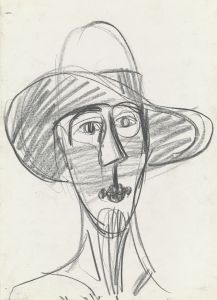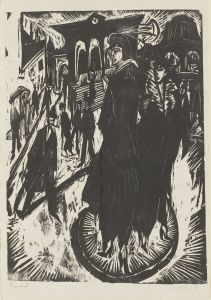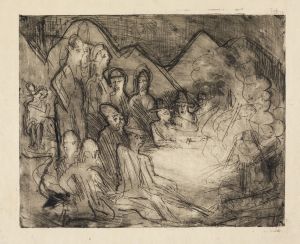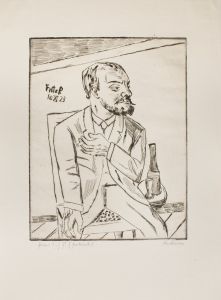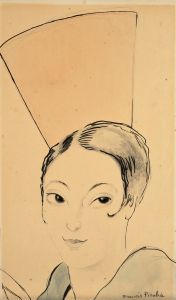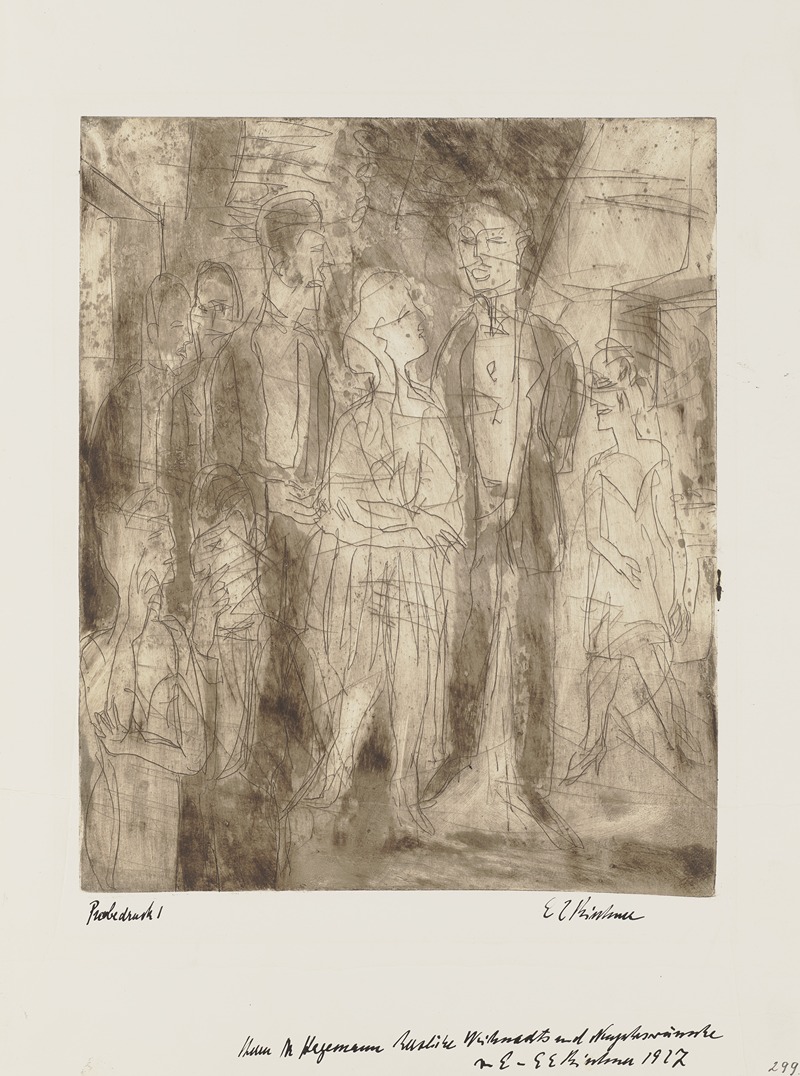
Foyerszene
A hand-painted replica of Ernst Ludwig Kirchner’s masterpiece Foyerszene, meticulously crafted by professional artists to capture the true essence of the original. Each piece is created with museum-quality canvas and rare mineral pigments, carefully painted by experienced artists with delicate brushstrokes and rich, layered colors to perfectly recreate the texture of the original artwork. Unlike machine-printed reproductions, this hand-painted version brings the painting to life, infused with the artist’s emotions and skill in every stroke. Whether for personal collection or home decoration, it instantly elevates the artistic atmosphere of any space.
Ernst Ludwig Kirchner's painting Foyerszene (translated as "Stage Scene" or "Theater Scene") is a notable work by the German Expressionist artist, who was a founding member of the influential art movement Die Brücke (The Bridge). Created in 1912, the painting reflects Kirchner's fascination with urban life, theatrical performances, and the dynamic energy of modernity, themes that were central to his artistic practice during this period.
Foyerszene depicts a lively and colorful scene set in a theater or cabaret environment, capturing the interactions of elegantly dressed figures in a foyer or backstage area. The composition is characterized by Kirchner's signature style, which includes bold, angular forms, vibrant colors, and a sense of movement and immediacy. The figures in the painting are rendered with exaggerated proportions and expressive gestures, emphasizing emotion and atmosphere over realistic representation. This approach aligns with the goals of the Expressionist movement, which sought to convey subjective experiences and emotional intensity.
The painting reflects Kirchner's interest in the social and cultural changes of early 20th-century Germany, particularly the vibrant nightlife and entertainment culture of cities like Berlin. During this time, Kirchner and other members of Die Brücke were deeply influenced by the energy and diversity of urban environments, as well as by non-Western art forms, which they saw as a source of raw, unfiltered expression.
Foyerszene is also significant for its exploration of the human figure and interpersonal dynamics. The painting's crowded composition and overlapping forms suggest a sense of intimacy and tension, capturing the complexity of human relationships in a modern, fast-paced society. Kirchner's use of color—often non-naturalistic and highly saturated—further enhances the emotional impact of the scene.
Today, Foyerszene is regarded as an important example of Kirchner's work and of German Expressionism as a whole. It exemplifies the movement's emphasis on emotional resonance, bold experimentation, and a break from traditional artistic conventions. The painting is held in the collection of the Kunstmuseum Basel in Switzerland, which houses one of the most comprehensive collections of Kirchner's works. This museum played a crucial role in preserving Kirchner's legacy, particularly after his death in 1938.
Ernst Ludwig Kirchner remains a central figure in the history of modern art, and Foyerszene continues to be celebrated for its innovative style and its vivid portrayal of early 20th-century urban life.





